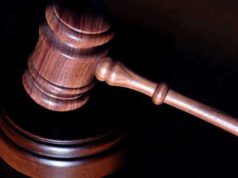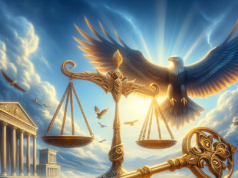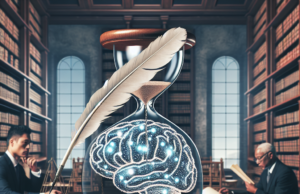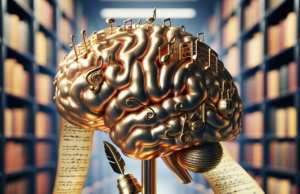Table of Contents
- 0.1 John Witherspoon: His Life and Contributions to America
- 0.2 Witherspoon’s Family
- 0.3 Witherspoon’s Contributions to America
- 0.4 Conclusion
- 1 John Witherspoon
- 2 President of the College of New Jersey
- 3 Political Activities of John Witherspoon
- 4 Fun Facts about John Witherspoon
- 5 John Witherspoon
- 6 President of the College of New Jersey
- 7 Political Activities of John Witherspoon
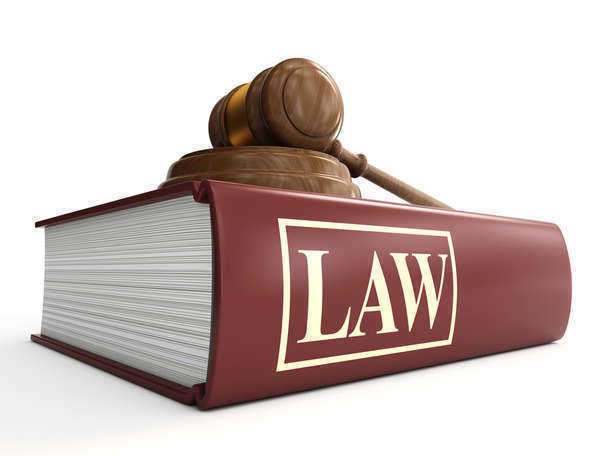
John Witherspoon: His Life and Contributions to America
John Witherspoon was a Scottish-American Presbyterian minister who played an instrumental role in the formation of the United States of America. He was born on February 5, 1723, in Gifford, Scotland, and was educated at the University of Edinburgh. Witherspoon became a minister in the Church of Scotland and served as the pastor of several congregations before accepting a position as the president of the College of New Jersey (now known as Princeton University) in 1768.
Witherspoon immigrated to America in 1768 and quickly became involved in American politics. He was a staunch supporter of the American Revolution and is best known for signing the Declaration of Independence as a delegate from New Jersey in 1776. In addition to his work as a politician, Witherspoon was a prolific writer and theologian. He wrote several essays and treatises on religion and politics, including “Lectures on Moral Philosophy,” which was used as a college textbook for many years.
Witherspoon was a devout Presbyterian and believed that religion and morality were essential to the success of a democratic republic. He firmly believed that the government had a responsibility to promote the common good and protect the rights of all citizens. Witherspoon’s belief in the importance of religion in politics and government had a lasting impact on American politics and continues to influence political discourse to this day.
Witherspoon’s Family
John Witherspoon’s family played an important role in his life and contributions to America. Witherspoon married Elizabeth Montgomery in 1748, and the couple had ten children together. Witherspoon’s children went on to have successful careers of their own, with several of them becoming prominent figures in American politics and government.
One of Witherspoon’s sons, James, served as a colonel in the Continental Army during the Revolutionary War and was elected to the US Congress in 1793. James Witherspoon served as a member of the House of Representatives for seven years and played an instrumental role in the passage of the Bill of Rights, which ensured the basic rights of all American citizens.
Another of Witherspoon’s sons, John, followed in his father’s footsteps and became a Presbyterian minister. John Witherspoon was a prominent figure in the development of the Presbyterian Church in America and helped to establish several churches throughout the country.
Witherspoon’s daughter, Annabella, also played an important role in American politics. She married Nathaniel Scudder, a member of the New Jersey Provincial Congress, and was actively involved in the Revolutionary War effort. Annabella Scudder was known for her work with the Continental Army, and she worked tirelessly to provide food, clothing, and medical care to American soldiers.
Witherspoon’s Contributions to America
John Witherspoon’s contributions to America were many, and he played an instrumental role in the formation of the United States of America. As a signer of the Declaration of Independence, Witherspoon helped to establish the fundamental principles of American democracy and set forth a vision for a nation that would be governed by the people, for the people.
Witherspoon was also a passionate advocate for religious freedom and believed that religion had an essential role to play in American political and social life. He believed that the government had a responsibility to promote the common good and protect the rights of all citizens, and he worked tirelessly to promote these ideals throughout his career.
Witherspoon’s legacy continues to be felt in American politics and government to this day. His belief in the importance of individual liberty and the role of religion in American life has influenced many of America’s most prominent political figures, including presidents Ronald Reagan and Calvin Coolidge.
Conclusion
John Witherspoon was a visionary leader who played an instrumental role in the formation and development of the United States of America. His passionate commitment to individual liberty, religious freedom, and democratic governance have made him an enduring figure in American history, and his contributions to America continue to shape the nation’s political and social landscape to this day.
John Witherspoon
John Witherspoon was born near Edinburgh, Scotland on February 5, 1723, into a ministerial family. He went to the University of Edinburgh at the age of 13 and got his Master of Arts in 1739 and his degree in divinity 4 years after. John Witherspoon married Elizabeth Montgomery and had ten children with her, but only five of them survived.
President of the College of New Jersey
In 1766, John Witherspoon was offered the job of being President at the College of New Jersey. He and his family moved to America in August 1768. As a college administrator, John Witherspoon was very successful. He helped get more additions to the library but pressuring trustees to buy more while adding the most modern scientific equipment for the school. He also encouraged professors to teach more mathematics and science, and he could also personally teach French to anyone who wanted to learn. As the American colonies got closer and closer to the Revolution, John Witherspoon promoted literary exercise and public speaking on current events to help create civil leaders for the next generation.
Political Activities of John Witherspoon
The American Revolution forced John Witherspoon to put less focus on academics. Students were forced to evacuate and Nassau Hall, one of the building halls, was damaged by colonial and British troops. John Witherspoon was also drafted into many political duties. HE was involved in New Jersey committees of correspondence, and he also signed the Declaration of Independence and served on over a hundred congressional committees. Two important ones included the Committee on Secret Correspondence and the Board of War. Witherspoon took a very active role in the debates regarding the Articles of Confederation. He also helped Set up the executive branch and created instructions for the American peace commissioners.
Although Witherspoon was often away from the college, leaving Samuel Stanhope Smith, his son-in-law, in charge, the institution was never very far from his thoughts.
While John Witherspoon was in Congress, he complained about how the value currency was dropping, which was hurting many institutions. He then received a large grant from Congress to help pay for damages to Nassau Hall. He also fought for military deferments for teachers and students, which would allow them to stay in school. When John Witherspoon returned in 1782 to full-time teaching, the college was in much better condition, although it was never fully fixed during Witherspoon’s lifetime.
The rest of Witherspoon’s years were spent helping rebuild the college. Witherspoon lost an eye on a fundraising trip to Great Britain in 1784, and by 1792 he was completely blind. When his wife died, 68-year-old John Witherspoon married a young widow of 24, who he had two daughters. On November 15, 1794, died at his farm near Princeton.
Fun Facts about John Witherspoon
•Benjamin Rush would affection call John Witherspoon “our old Scotch Sachem,”
•John Witherspoon was a former president of the College of New Jersey, which later became Princeton University.
•He was in prison briefly after a battle in Scotland.
•John Witherspoon is an ancestor of the actress Reese Witherspoon.
John Witherspoon
John Witherspoon was born near Edinburgh, Scotland on February 5, 1723, into a ministerial family. He went to the University of Edinburgh at the age of 13 and got his Master of Arts in 1739 and his degree in divinity 4 years after. John Witherspoon married Elizabeth Montgomery and had ten children with her, but only five of them survived.
President of the College of New Jersey
In 1766, John Witherspoon was offered the job of being President at the College of New Jersey. He and his family moved to America in August 1768. As a college administrator, John Witherspoon was very successful. He helped get more additions to the library but pressuring trustees to buy more while adding the most modern scientific equipment for the school. He also encouraged professors to teach more mathematics and science, and he could also personally teach French to anyone who wanted to learn. As the American colonies got closer and closer to the Revolution, John Witherspoon promoted literary exercise and public speaking on current events to help create civil leaders for the next generation.
Political Activities of John Witherspoon
The American Revolution forced John Witherspoon to put less focus on academics. Students were forced to evacuate and Nassau Hall, one of the building halls, was damaged by colonial and British troops. John Witherspoon was also drafted into many political duties. HE was involved in New Jersey committees of correspondence, and he also signed the Declaration of Independence and served on over a hundred congressional committees. Two important ones included the Committee on Secret Correspondence and the Board of War. Witherspoon took a very active role in the debates regarding the Articles of Confederation. He also helped Set up the executive branch and created instructions for the American peace commissioners.
Although Witherspoon was often away from the college, leaving Samuel Stanhope Smith, his son-in-law, in charge, the institution was never very far from his thoughts.
While John Witherspoon was in Congress, he complained about how the value currency was dropping, which was hurting many institutions. He then received a large grant from Congress to help pay for damages to Nassau Hall. He also fought for military deferments for teachers and students, which would allow them to stay in school. When John Witherspoon returned in 1782 to full-time teaching, the college was in much better condition, although it was never fully fixed during Witherspoon’s lifetime.
The rest of Witherspoon’s years were spent helping rebuild the college. Witherspoon lost an eye on a fundraising trip to Great Britain in 1784, and by 1792 he was completely blind. When his wife died, 68-year-old John Witherspoon married a young widow of 24, who he had two daughters. On November 15, 1794, died at his farm near Princeton.








